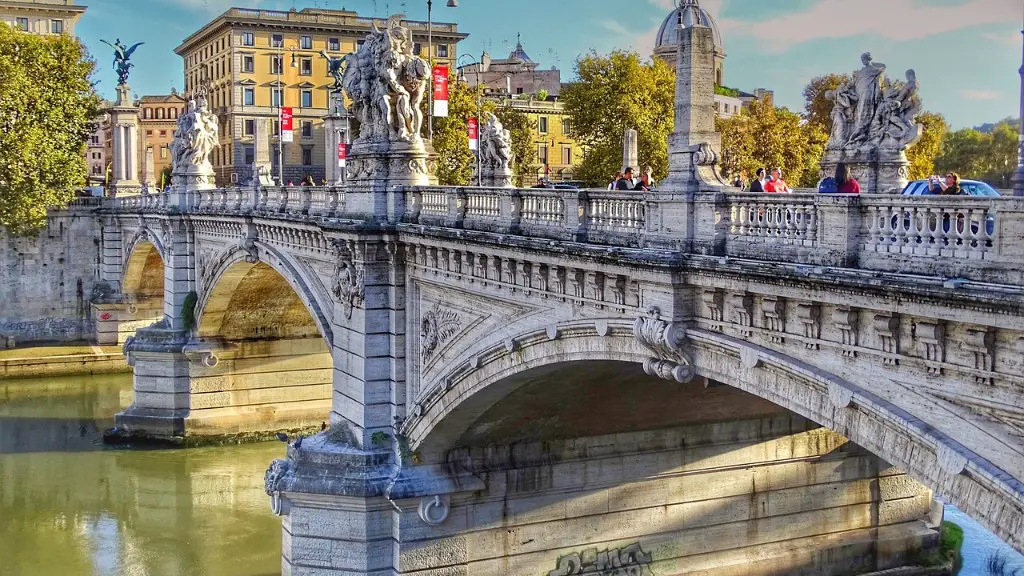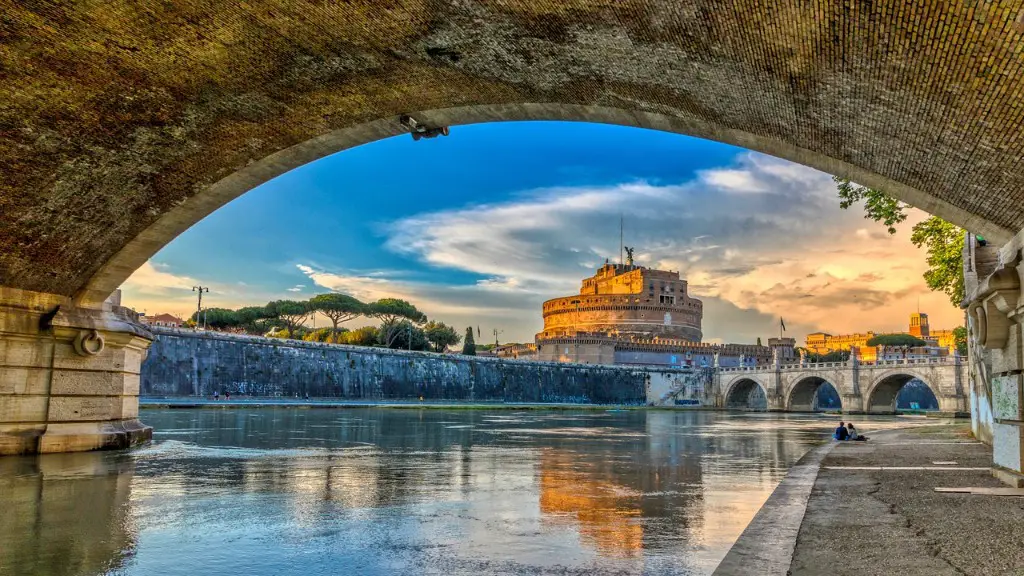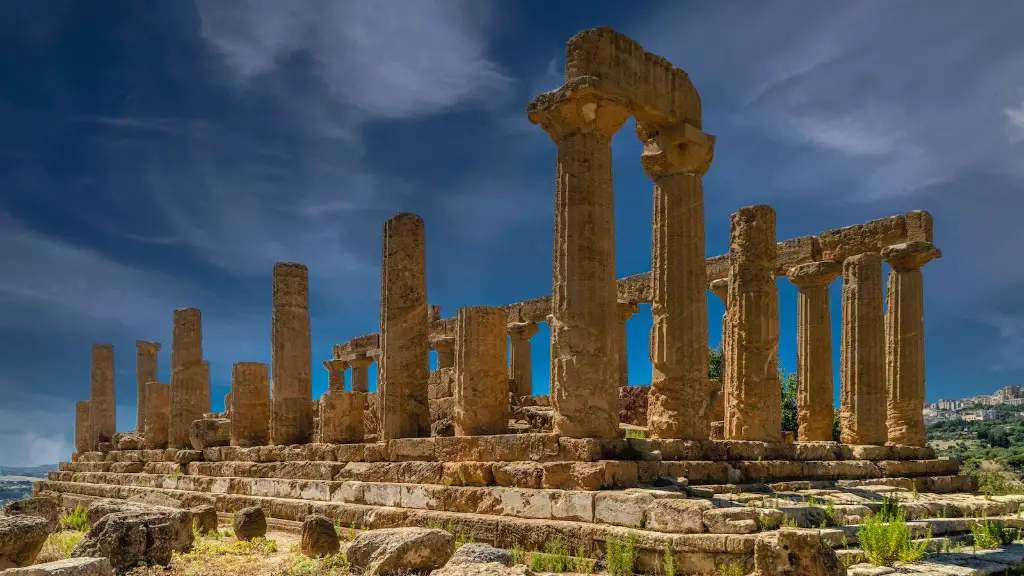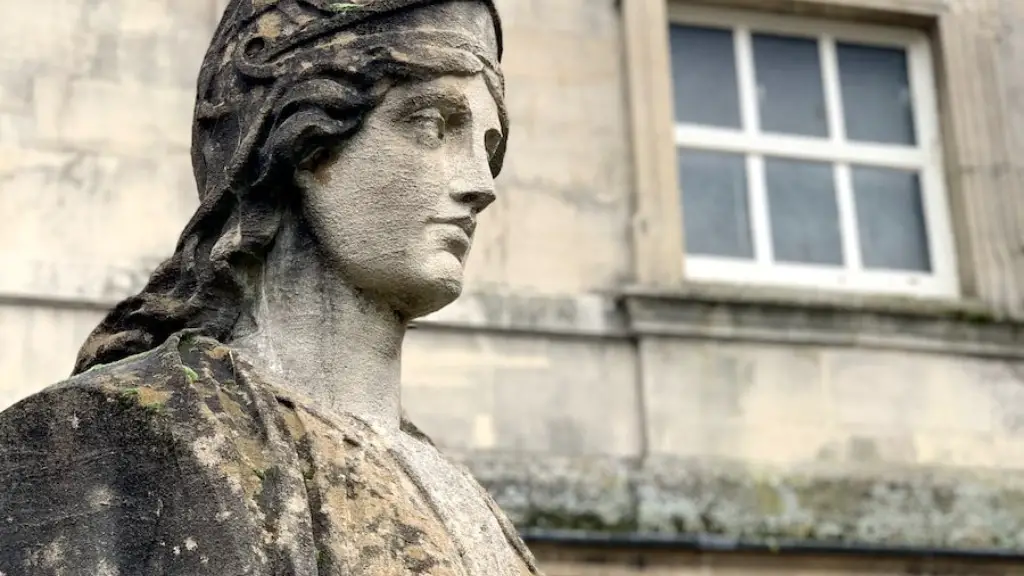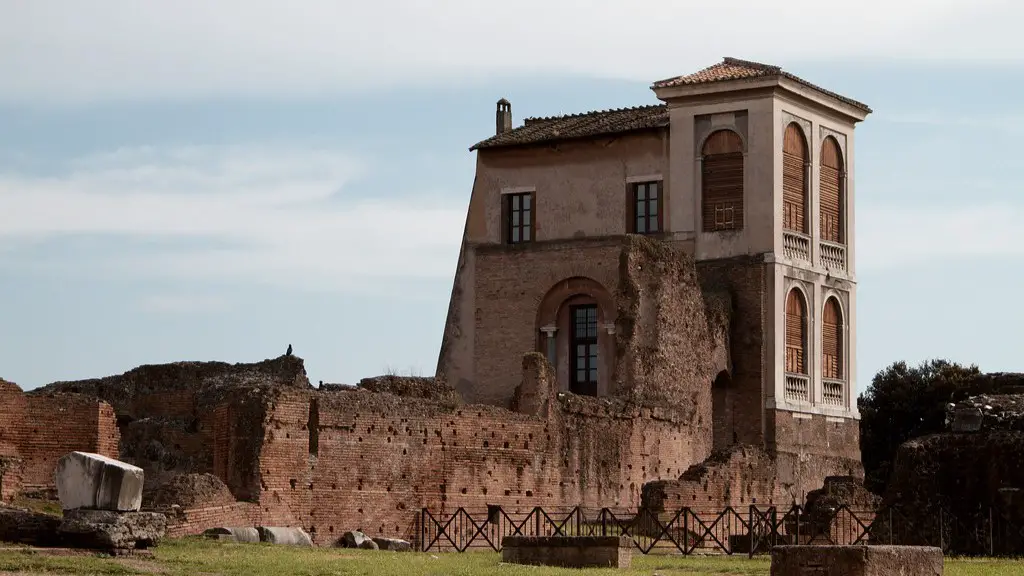The answer may surprise you, but there was indeed welfare in Ancient Rome. The Roman Emperor Augustus established the first recorded welfare program in history. The program provided financial assistance to veterans, widows, and orphans. It also offered free or low-cost grain to the poor. Augustus’ program was so successful that it was continued by subsequent emperors.
There is some evidence of early welfare programs in Rome, although the exact nature of these programs is unclear. One possibility is that the government provided temporary cash assistance or food subsidies to low-income families. Another possibility is that the government ran orphanages or homes for the elderly. It is also possible that private individuals and charities provided welfare assistance.
Was there Homelessness in ancient Rome?
Rome 2,000 years ago had no facilities for the disturbed, and no remedy besides offering sacrifices at temples to Jupiter, Juno, or gods from the Middle East like Isis and Cybele. Whatever the reasons, the homeless were ubiquitous and many among the affluent saw them as iniquitous.
The disabled population of Rome had to rely on the goodwill of other people to survive. According to Ammianus Marcellinus, a Roman historian, the Roman poor lived in buildings’ crevices, tabernae, or vaults beneath theaters or circuses. Some poor Romans even sold themselves or their children into slavery in order to make ends meet. It was a hard life for many people in Ancient Rome.
How did ancient Rome get money
The Roman economy was based on agriculture, with large farms run by slaves. Romans also made money from mines, and rich Romans could buy luxuries from all over the world. The Roman economy was strong, but it was not immune to problems. In the late Roman Empire, for example, a series of bad harvests, combined with a growing population, led to economic problems and social unrest.
There are several ways that social mobility was possible in ancient Rome. One way was through military service. Those who served in the military were able to move up in society based on their achievements. Another way was through marriage. Those who married into wealthy families were able to move up in society. Finally, those who were able to amass wealth through trade or other means were also able to move up in society.
Was ancient Rome a filthy city?
Although there were many sewers, public latrines, baths and other sanitation infrastructure, disease was still rampant. Most dwellings were not connected to street drains or sewers. Some apartment buildings (insulae) might have had a latrine and a fountain on the ground floor.
The lives of rich and poor people in ancient Rome were very different. The poor lived in the dirtiest, noisiest, most crowded parts of the city. Their houses were poorly constructed. These four- and five-story apartment buildings usually lacked heat, water, and kitchens.
Was life good in the Roman Empire?
For wealthy Romans, life was good. They lived in beautiful houses – often on the hills outside Rome, away from the noise and the smell. They enjoyed an extravagant lifestyle with luxurious furnishings, surrounded by servants and slaves to cater to their every desire.
Caesar’s policies towards the provinces were very effective in consolidating Rome’s power. By founding colonies in newly conquered territories, he provided land and opportunity for poor Romans who chose to migrate there. He also reduced the number of slaves and opened citizenship up to people living in the provinces. This helped to create a more stable and cohesive empire.
What jobs did poor Romans have
The Roman army was large and needed soldiers. The army was a way for the poorer class to earn a regular wage and to gain some valuable land at the end of their service.
Although a slave who saved up enough money could theoretically buy their freedom, this was rarely the case in practice. Few slaves had enough money to do so, and many slaveholders did not allow their slaves to hold money. Even if a slave was able to save up enough money to buy their freedom, they often had to leave behind family and friends who were still enslaved.
Where did wealthy Romans keep their money?
Banks in ancient Rome were originally located in temples. They would charge interest on loans, exchange money, and keep track of their finances through written records. Due to the piety of the officials and employees of these temples, the upper class of ancient Rome trusted them to protect and hold their wealth.
The Roman Empire was one of the most powerful empires in the world for centuries. But by the end of the empire, the economy was in shambles. Soaring logistical and admin costs, no precious metals left to plunder from enemies, and high taxes levied against the people created a trifecta that dissolved much of Rome’s trade. The economy was paralyzed, and the empire fell soon after.
The social structure of ancient Rome was based on heredity, property, wealth, citizenship and freedom. It was also based around men: women were defined by the social status of their fathers or husbands. Women were expected to look after the houses and very few had any real independence. This meant that the vast majority of women were not able to participate in the public life of Rome. However, there were some notable exceptions, such as the Vestal Virgins, who were held in high esteem.
The Roman Empire was once a mighty force in the world. For centuries, people were proud to be citizens of the empire. However, social problems like corruption, crime, and unemployment led to the decline of the empire. Additionally, external problems contributed to the fall of the Roman Empire.
Roman baths were places where people of all social classes could gather to relax, socialize, and clean themselves. Like modern spas, these structures had exercise rooms, swimming pools, saunas, hot and cold plunge pools, and massage spaces. The people also gathered to watch plays, chariot races, and gladiator battles.
Bathing was a custom introduced to Italy from Greece towards the end of the 3rd century BC. Early Romans washed their arms and legs everyday, which were dirty from working, but only washed their whole bodies every nine days. This was because they believed that it was bad for their health to bathe too often.
Conclusion
There is no certain answer to this question as ancient Rome was a complex and large empire with a long history. However, some historians believe that there may have been a form of welfare system in place for certain groups of people, such as the poor, orphans, and widows.
The ancient Romans had a complex welfare system that provided assistance to citizens in need. This system was based on the principle of social solidarity, which ensured that everyone had a responsibility to care for the less fortunate. While the welfare system in ancient Rome was not perfect, it did provide a safety net for the citizens of Rome.
